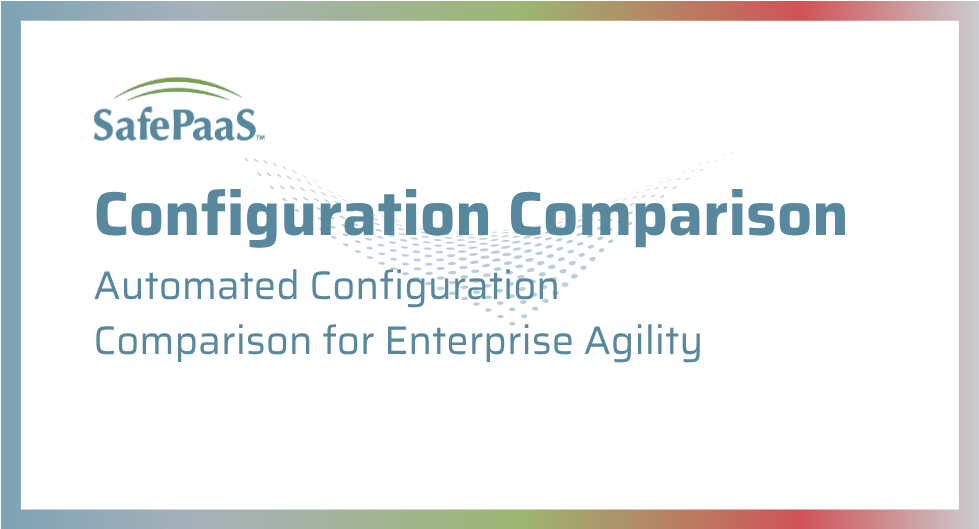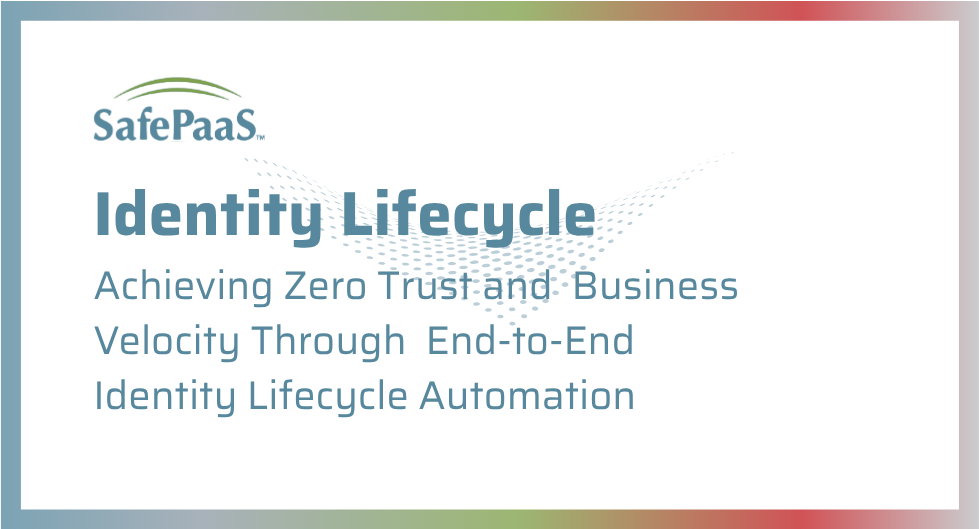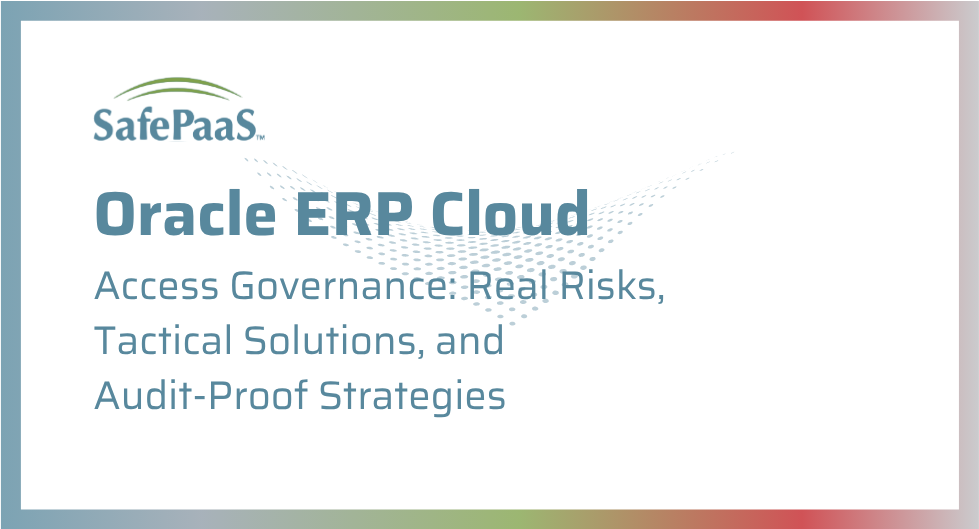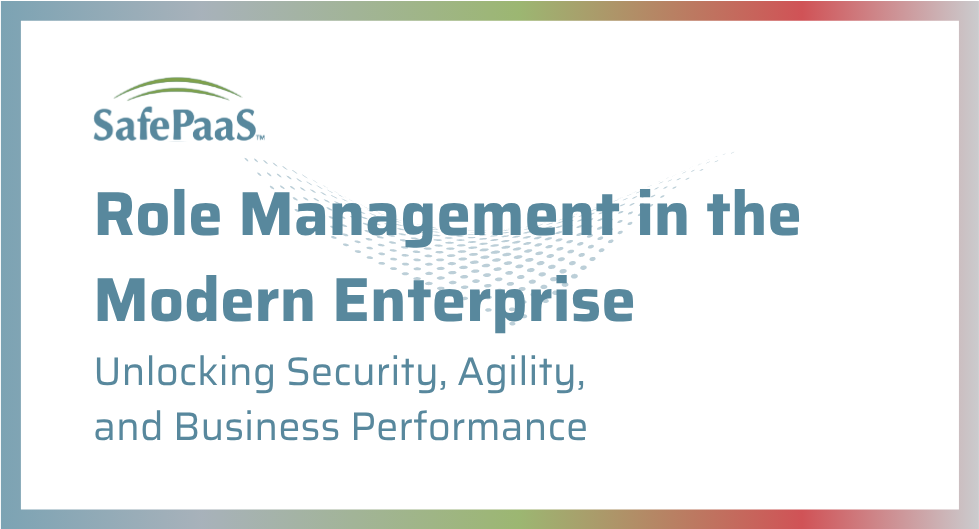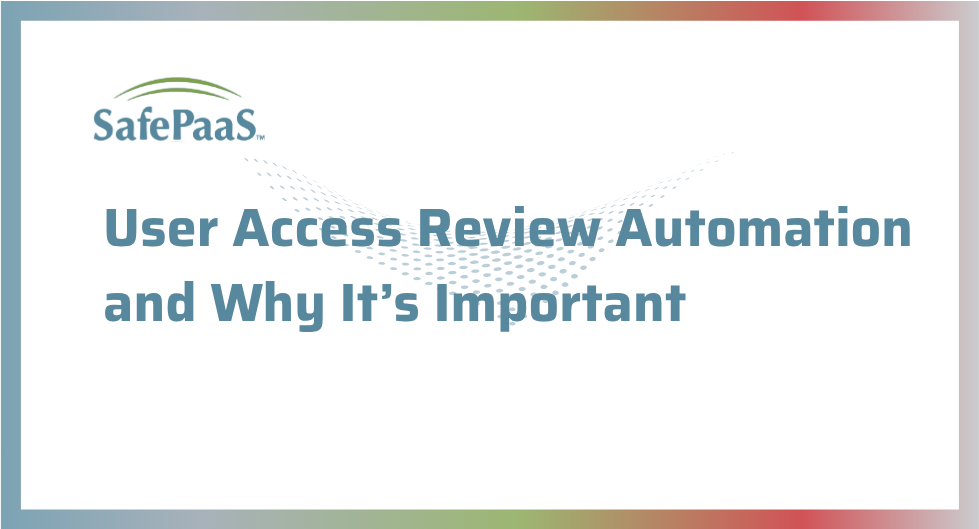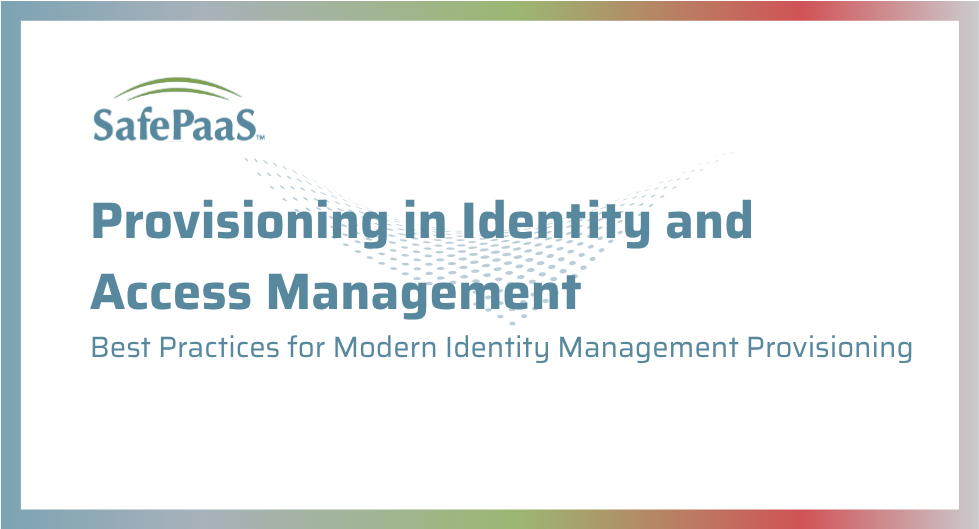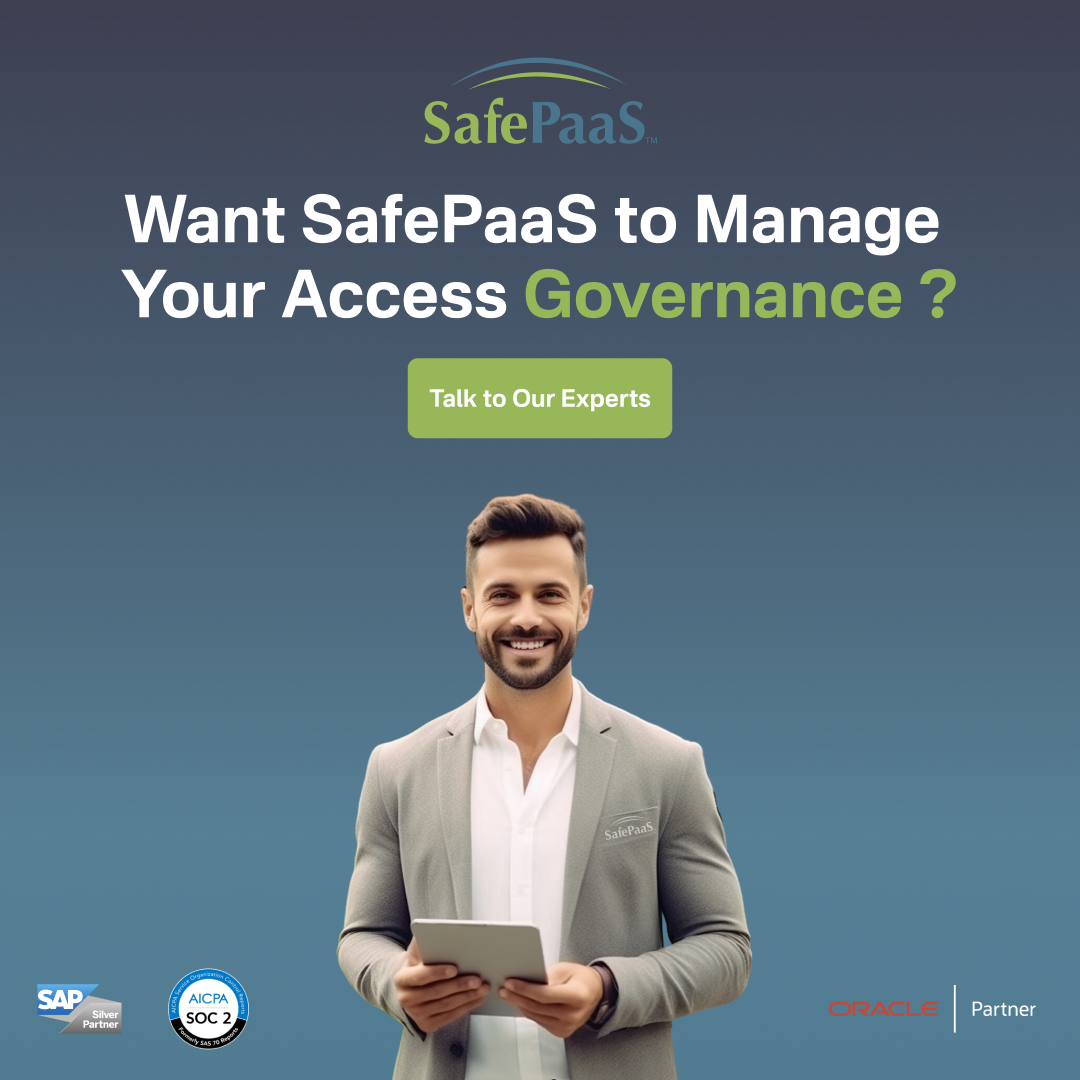Executive Summary
Audit independence is not just a regulatory expectation—it’s the foundation of trust, transparency, and business agility in today’s digital landscape. As your organization moves to or operates in the cloud, you’re likely feeling the impact on your audit and compliance workload.
According to the 2025 Survey on Enterprise Software Licensing and Audit Trends, 53% of organizations say cloud adoption has made compliance more complex, up sharply from just a few years ago.
As your audit environment expands across hybrid and cloud platforms, relying on ERP-native tools or manual processes exposes you to new risks: cobbled-together data, breakdowns in control execution, and mounting challenges in proving your controls are effective.
To achieve audit excellence, you need more than just data integrity—you need process independence. This means every audit activity, across people, workflows, and technology, must be managed outside the influence of day-to-day business operations and system owners.
Why Audit Independence Matters Now
Digital transformation, regulatory scrutiny, and the expansion of audit’s reach across your enterprise have made true independence more critical than ever.
When your audit process is embedded within the same systems and teams responsible for business transactions, you risk the classic “fox guarding the henhouse” scenario, compromising audit integrity and stakeholder confidence.
How Audit Independence Has Evolved
You might remember when audits were all about preserving data—tamper-proof logs, secure storage, and so on. Today, regulations like SOX 2.0 and GDPR demand much more. You need to demonstrate independence across three key pillars:
Pillar: Workflow Location
Old Way: Embedded in ERP
What You Need Now: Separate, independent platform
Pillar: Tool Neutrality
Old Way: Vendor-specific
What You Need Now: Cross-platform compatibility
Pillar: Participant Access
Old Way: Audit team only
What You Need Now: Role-based access for all stakeholders
“Your entire audit mechanism must operate independently, like a Swiss bank for compliance evidence.”
— Adil Khan, CEO SafePaaS
What an Independent Audit Process Looks Like
To maximize both independence and effectiveness, structure each audit phase with the right technology, automation, and safeguards.
1. Planning & Scoping
- Use automated risk assessments across ERP, HRIS, CRM, and more.
- Maintain real-time audit universe mapping.
- Gain a 360-degree view of risks and controls using an independent platform.
How independence helps: You’re not limited by the data scope of any one system. Independent platforms allow dynamic audit planning with real-time data.
2. Control Testing
- Use analytics for unbiased sample selection.
- Verify evidence with automated and immutable logs.
- Centralize and automate control testing for consistency and speed.
How independence helps: Real-time, data-driven testing that’s consistent, accurate, and continuously improving.
3. Findings Management
- Automate issue tracking with SLA enforcement.
- Collaborate across teams to resolve findings efficiently.
- Track and document findings transparently.
How independence helps: You maintain a clear, auditable history of findings and responses, building stakeholder trust.
4. Remediation & Reporting
- Use analytics to uncover root causes.
- Generate version-controlled, regulator-ready reports.
- Automate reporting and documentation workflows.
How independence helps: You stay audit-ready year-round and respond confidently to regulatory or investor requests.
Why Independence Matters at Every Stage
An independent audit platform ensures all actions are free from bias or influence. This builds trust, strengthens governance, and aligns with rising stakeholder expectations.
Just like Okta’s neutral role in identity management, your audit platform should remain separate from business systems to avoid vendor lock-in.
The Risks If You Stick With Non-Independent Systems
Vendor Lock-In
You may not be able to switch ERPs without redoing audit controls. Vendors can increase pricing due to lack of flexibility.
Technical Debt
Custom integrations require expensive, specialized skills. Cloud migrations can cause compliance gaps without audit independence.
Why You Need an Independent Audit Platform
1. Decouple Audit Workflows
Separate audit from transactional systems to preserve integrity.
2. Automate Evidence Collection
Pull data from all systems (ERP, HR, CRM, etc.) without manual effort.
3. Prevent Vendor Lock-In
Use vendor-neutral tools that integrate with any platform.
4. Enable Broad Participation
Allow BPOs, COs, IT, compliance, auditors, and regulators to work together securely.
SafePaaS vs Competitors
Core Value Proposition:
Competitors – Connected risk management
SafePaaS – Process independence architecture
Technical Scope:
Competitors – Audit workflows
SafePaaS – Full lifecycle + vendor-neutral
Stakeholder Coverage:
Competitors – Internal auditors only
SafePaaS – 8+ roles (BPOs, COs, regulators)
Risk Mitigation:
Competitors – Compliance gaps
SafePaaS – Vendor lock-in + evidence drift protection
What’s In It For You? The Business Case
| Metric | Manual/ERP-Native | Independent Platform | Your Improvement |
|---|---|---|---|
| Audit Cycle Time | 68 days | 22 days | 67% faster |
| Finding Resolution | 42% within SLA | 89% within SLA | 2.1x better |
| Regulatory Fines | $2.4M/year | $0.3M/year | 87% reduction |
How to Get There: Your Roadmap ?
- Assessment (Weeks 1–4): Map audit touchpoints and score vendors on neutrality.
- Architecture (Weeks 5–8): Set up evidence collection and access controls.
- Transition (Weeks 9–12): Run old and new systems in parallel. Train stakeholders.
- Optimization (Ongoing): Use analytics and review quarterly.
The Bottom Line
Don’t let legacy ERP systems hold you back. An independent audit platform gives you:
- Strategic Flexibility: Choose best-fit tools without vendor pressure
- Stakeholder Confidence: Offer real-time visibility and transparency
- Future-Proof Compliance: Stay ahead of evolving regulations
“This isn’t about data vaults—it’s about building an immune system for your organization’s integrity.”
— Adil Khan, CEO, SafePaaS


